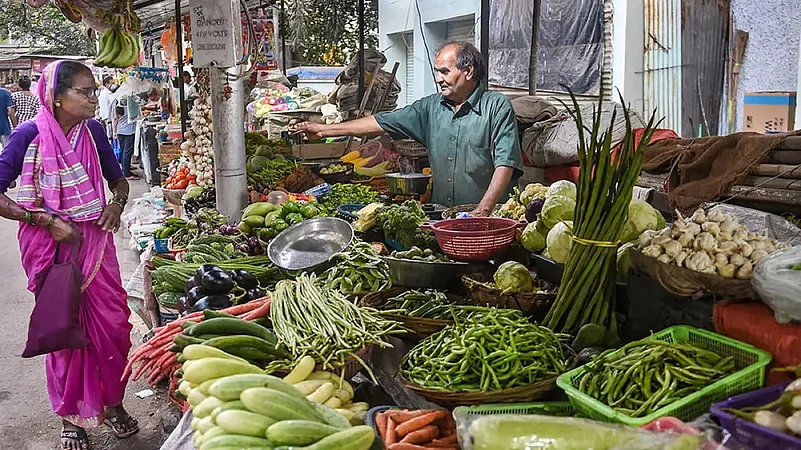Department of Economic Affairs released the Economic Survey 2023-24 today that shed light on the inflation rate of food items including onions, tomatoes and milk. It called on the government to move away from incentivizing rice cultivation as rice holding is already more than three times the buffer stock norm.
The survey highlighted the controlled headline inflation rate but pointed out that the inflation rate of specific food items is elevated. The survey specifies that unfavourable weather conditions have significantly impacted the production prospects of vegetables such as tomatoes, onions and also pulses, leading to increased prices.
It notes that seasonal changes in crop production, region-specific crop diseases, early arrival of monsoon rains, and logistics disruptions have caused a spike in tomato and onion prices. Additionally, low production of pulses, especially turn over the past two years, slow sowing progress, and climatic disturbances in the south have contributed to the increase in pulse prices. The survey also mentions that the price of milk rose due to decreased artificial inseminations during the pandemic peak and higher animal feed costs, with milk cooperatives adjusting prices to account for increased costs. The milk price increase moderated by the end of FY24, the survey said.
Assuming a normal monsoon and no further external or policy shocks, the RBI expects headline inflation to be 4.5 per cent in FY25 and 4.1 per cent in FY26, well within the inflation target. The headline inflation rate touching 4.1 is the crucial cue for the RBI to lower repo rates, making bonds more attractive. Furthermore, loan rates and interest rates on deposits will also decrease when the repo rate goes down.
Way Forward
The Department of Economic Affairs said that India should move away from water-guzzling crops like rice and sugarcane and that efforts are needed to expand pulse production, particularly lentils, turn, and urad, in more districts and rice-fallow areas.
As India produces too much foodgrains and sugar but too few pulses, oil seeds, and other cash crops, the latter need to be rewarded with equivalent subsidies embedded in rice production.
Further, there is a need to assess the progress in developing modern storage facilities for vegetables like tomatoes and onions, the report said.














